The best beginner drones for 2025: top flying cameras for new pilots
Earn your wings with the best beginner drones

Every drone pilot has to start somewhere. We’ve all been beginners once, even our expert testers. Thankfully, the TechRadar team has racked up thousands of flying hours since we first got airborne, so we now know exactly what makes a good drone for beginners. Whether you want to start shooting aerial footage or simply have fun flying, you’ll find the answer below.
We think the DJI Mini 4K is a great example of what a beginner drone should be. It’s a small, lightweight option that’s easy to fly and shoots sharp 4K video. It’s also one of DJI’s most affordable models. If you can live without collision avoidance and subject tracking, we think it offers excellent value. Don’t worry if you want something different: our list covers a wide variety of drones.
Each recommendation here is based on the results of in-depth testing. We fly every drone in a range of conditions, testing everything from flight controls to battery life. TechRadar has been testing camera gear for more than 20 years, so you know you can trust our feedback.
Top 3 picks
If you’re ready to get off the ground, the summary below will give you an instant overview of the top beginner drones. When you land on one which suits your needs and budget, you can use the links to fly down to our full write-ups.

The best beginner drone overall
With a lightweight folding design, intuitive controls and 4K video, the DJI Mini 4K offers top value for novice drone pilots.

The best budget beginner drone
An affordable flyer with a tiny design, the Ryze Tello is a top choice for beginners who want a cheap drone for learning the basics, even if it drifts in wind.

The best premium beginner drone
If you’re a beginner with a bigger budget, the DJI Mini 4 Pro is the undisputed sub-250g drone, with incredible flight and safety features.
Best by use-case

The best beginner DJI alternative
If you’re looking for something different to DJI drones, the Autel Eco Nano+ is an impressive beginner drone with a big sensor and collision detection.

The best beginner FPV drone
A complete FPV drone kit, we think the BetaFPV Cetus X is the best choice for beginners who want to experience the fun of first-person flight.

The best DJI Mini 4K alternative
An affordable alternative to our favorite drone, the 3-axis mechanically stabilized 4K Potensic Atom offers plenty of bang for your buck.

The best for aerial selfies
A tiny drone with built-in propeller guards that takes off and lands from the palm of your hand, ideal for 4K aerial selfies.

The best for multi-control
Similar to the HoverAir X1, the Neo is DJI's most exciting drone for years with multi-control options, including; controller-free, FPV, remote and app.

Tim is TechRadar's Cameras Editor, with more than 15 years' experience in the photo video industry. During that time, Tim has had the opportunity to fly many of the best camera drones. As a result, he's developed a deep, practical knowledge of what makes a good beginner drone. Tim notes, "in curating this guide, we've tried to cover a range of beginner drones for different buyers. Some are affordable, entry-level options. Others are mid-range models that cost more, but give learners more possibilities as their skills improve. If you're in the US, it could pay to explore DJI alternatives with a potential DJI ban looming."
The best beginner drones in 2025
Why you can trust TechRadar
Below you'll find full write-ups for each of the best beginner drones in our list. We've tested each one extensively, so you can be sure that our recommendations can be trusted.
The best beginner drone overall





Specifications
Reasons to buy
Reasons to avoid
DJI Mini 4K sample images


✅ You want a cheap second drone: If would like a smaller and lighter drone with fewer flight restrictions than a larger drone, the Mini 4K is a great option.
✅ You want aerial photos: Image quality is identical to the more expensive Mini 3 Pro, so you won’t outgrow the capabilities of the Mini 3 too soon.
❌ You want collision avoidance: For peace of mind when flying your drone close to trees and in more complex environments, you'll need to spend more on the Mini 4 Pro.
❌ You fly in windy weather: The Mini 4K can in theory fly in wind up to 24mph, but not easily and it'll struggle and drift.
DJI's cheapest-ever 4K drone (not including the Neo, see further down this list), the Mini 4K packs many of the same features as the pricier Mini 3, which makes it excellent value for money. Like the Mini 3, it is a lightweight flying machine with a small folding body that's sub 249g (meaning fewer restrictions), with intuitive controls and useful automated filming modes. As its name suggests, it also shoots 4K /30p video.
The Mini 3 has slightly better battery life, plus its camera has a slightly larger sensor and theoretically slightly better image quality in challenging conditions such as low light or in high contrast like towards the sun. However, we found the Mini 4K still produces excellent quality 4K video and 12MP stills, and the difference is negligible in favorable conditions. Switch to the Mini 4K's Pro mode and you can shoot photos in raw and JPEG format, the former gives more scope for editing afterwards.
Both models miss out on collision avoidance – something you only get by spending more on a Mini Pro-series model, like the Mini 4 Pro. However, for the money, we can't think of a better drone than the Mini 4K. It proved every bit the quality drone in testing: we found it forgiving to pilot using the standard controller, we enjoyed the automated flight moves, and its level 4 wind resistance provides pretty sturdy movement even in breezy conditions, even if it struggles in properly windy conditions. If you're looking for your first drone and keen on capturing aerial images, the Mini 4K is our top value pick.
Read our in-depth DJI Mini 4K review
The best budget beginner drone





Specifications
Reasons to buy
Reasons to avoid
✅ You're getting started: The simple app and responsive controls help you master basic flight manoeuvres, take-offs and landings.
✅ You’re an indoor pilot: With rotor guards and stability sensors, the Tello is safe and easy to fly inside.
❌ You want decent quality video: The Tello is limited to choppy and compressed 720p videos.
❌ You want to go far: The Tello has a low range and restricted altitude and so it can't fly far or high.
Designed in partnership with DJI, the Ryze Tello is an affordable, featherweight drone that’s great for mastering the basics of flight. It can be controlled via the Tello smartphone app and Wi-Fi, but you can also use a Bluetooth gaming controller – albeit at a shorter range. It proved a responsive and lively flier during our tests, which makes it an effective way to master the ups and downs of quadcopter flying.
It’s not all positive. The flight range is limited (closer to 30m than the official 100m maximum) while the slightest breeze will send it drifting off with the wind. The 720p camera isn’t up to much either, and with no local storage it sends all footage directly to your phone – which results in choppy video when the Wi-Fi connection dips in and out. Those caveats aside, the Tello is a great starter drone that does the simple things well and feels better put together than other budget models.
Read our in-depth Ryze Tello review
The best premium beginner drone





Specifications
Reasons to buy
Reasons to avoid
DJI Mini 4 Pro sample images







✅ You’re a pro drone pilot looking for a second drone: A D-Log M color profile matches the look in pro models from the Mavic 3 series, making it a great sub-250g second drone.
✅ You want a premium sub-250g drone: With excellent image quality, flight features and safety features, there's currently no better sub-250g drone available.
❌ You’re a happy Mini 3 Pro owner: While the Mini 4 Pro's new features are impressive, they won’t justify an upgrade for a owners of the previous version.
❌ Omnidirectional Obstacle Avoidance is overkill: If you're unlikely to fly in complex environments, the DJI Mini 3 Pro could be enough with its tri-directional obstacle avoidance.
Succeeding the Mini 3 Pro – our previous favorite premium beginner drone – the Mini 4 Pro is an incremental upgrade that uses the same f/1.7 aperture camera and 1/1.3-inch sensor. From our tests, it produces excellent quality 12MP / 48MP images in raw and JPEG, with very little noise up to its maximum ISO 6400 setting. There are a couple of video improvements, including 4K footage at up to 100fps. A D-Log M color profile also makes the Mini 4 Pro an enticing second drone option: it means you can achieve color consistency with a pro-level Mavic 3-series model.
Any disappointment over the lack of camera improvements should be quelled by the Mini 4 Pro's flight and safety features. The Mini 4 Pro boasts Omni Directional Obstacle Avoidance (the Mini 3 Pro has tri-directional obstacle avoidance), improved subject tracking performance, plus a more extensive transmission range – up to 20km, depending on your region and what's legally possible. We think this drone is on another level to all of the other drones in this guide – and because its sub-250g, you avoid cumbersome registration requirements.
Read our in-depth DJI Mini 4 Pro review
The best DJI alternative for beginners





Specifications
Reasons to buy
Reasons to avoid
Autel Evo Nano+ sample images

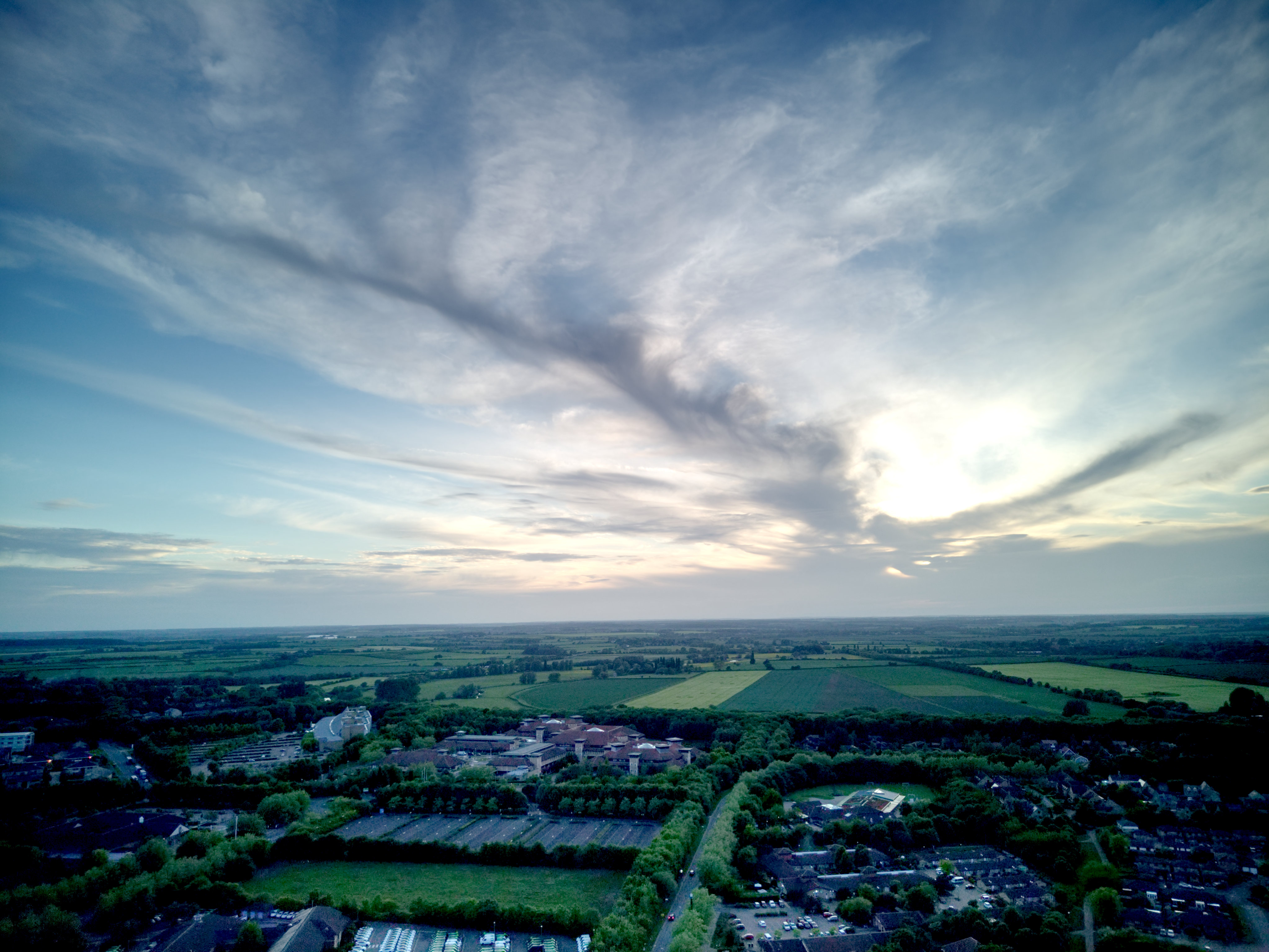


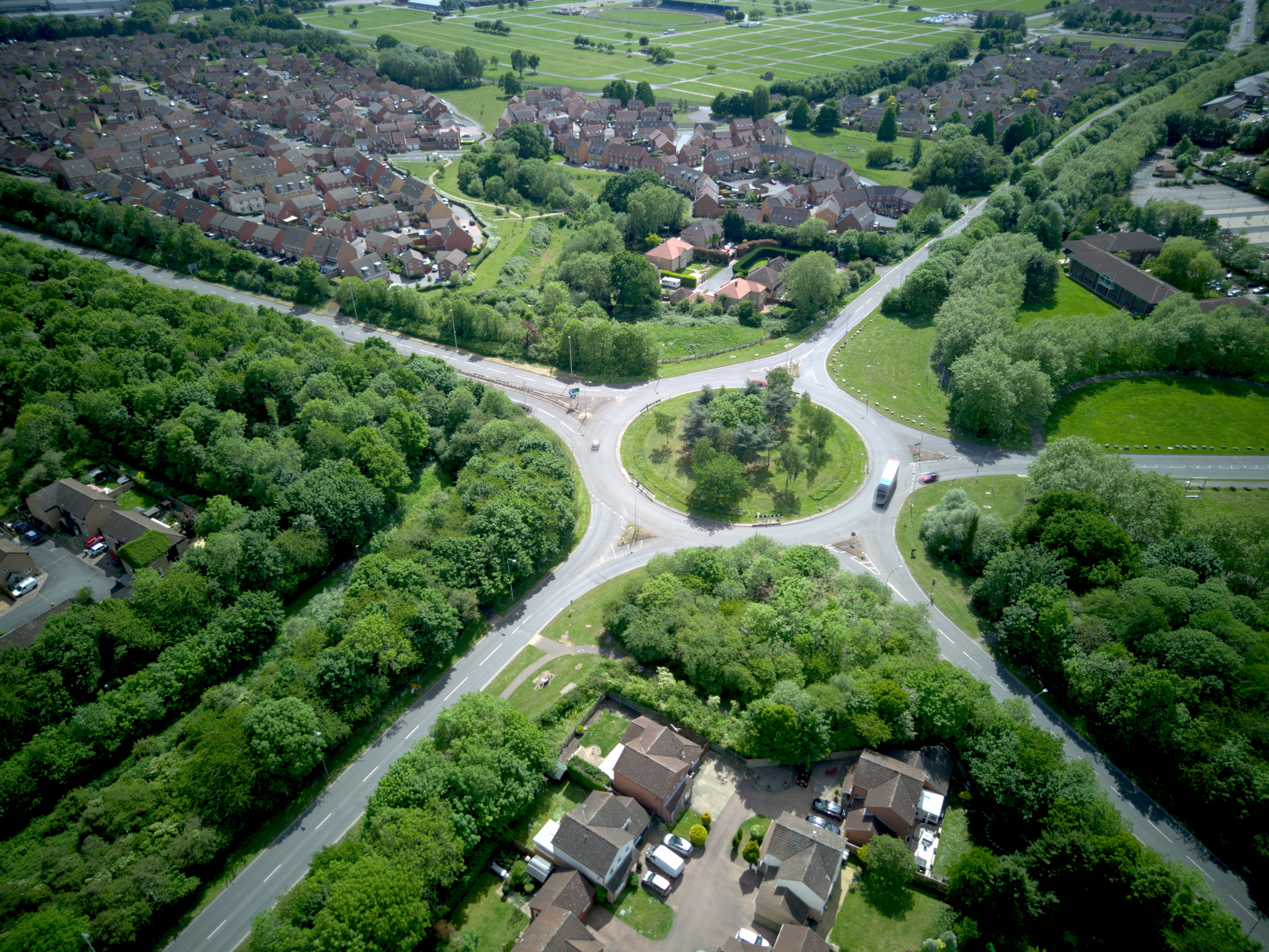
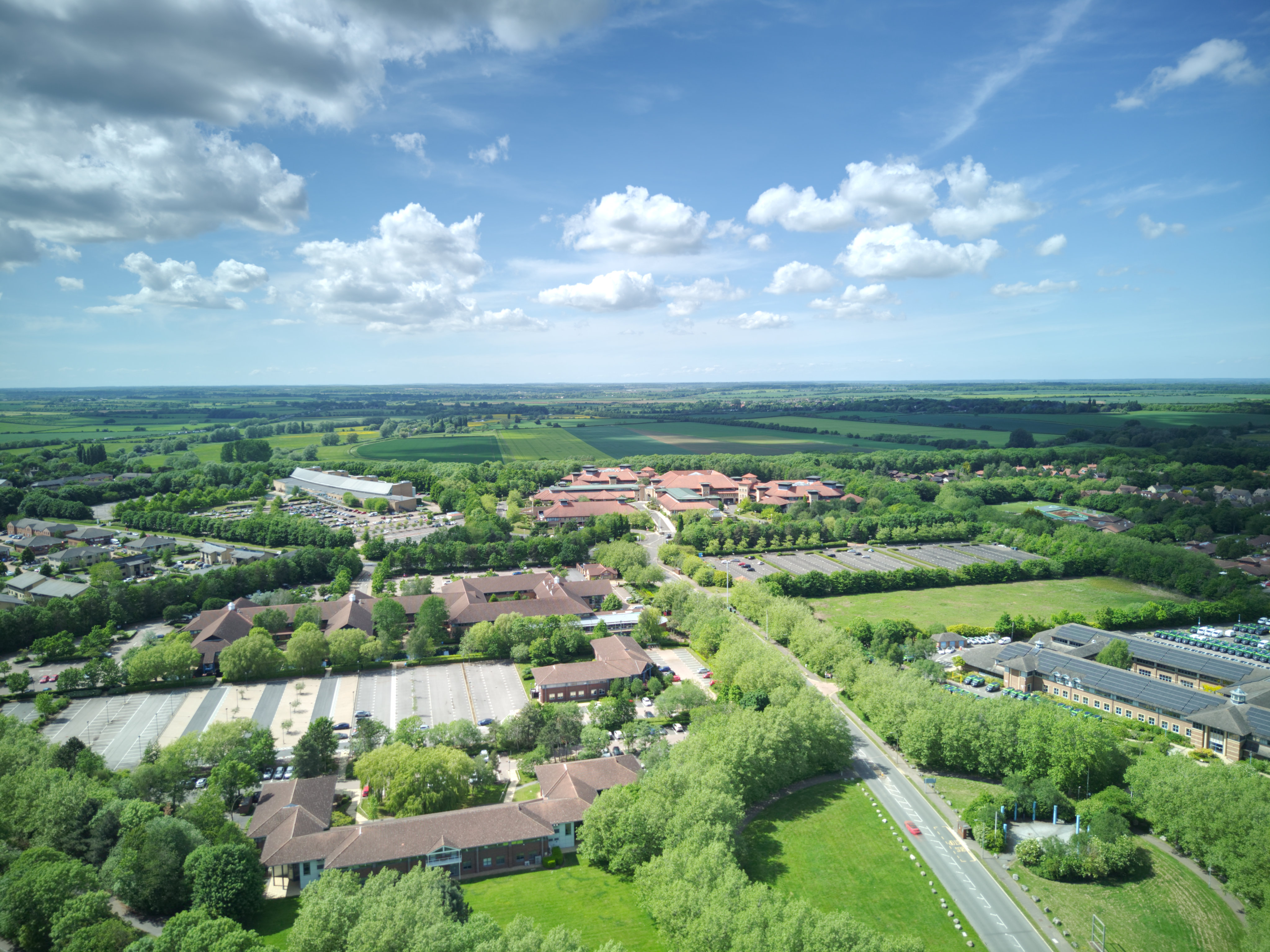
✅ You’d rather avoid DJI: The Autel Evo Nano+ is the competition that DJI needs.
✅ You like low-light photography: The image quality from this drone beats the DJI Mini 3.
❌ You use third-party applications: Currently, Autel doesn’t offer an API to allow external companies to develop software tools for their drones.
❌ You fly in windy conditions: Despite the same Level 5 wind resistance performance varies, and we’d place the Nano+ closer to the Mini 3, but behind the Mini 4 Pro.
The Autel Evo Nano+ takes on DJI's Mini 4 Pro in the sub-250g category. That's no easy task, with the latter being so close to perfect. But to its credit, the Evo Nano+ holds up as an impressive beginner drone in its own right. During our tests, we found that its sensor surpasses our current top pick for beginners, the DJI Mini 3, when it comes to low-light performance. It's just about on par when dealing with windy conditions, too. That makes it an easy recommendation for us, especially if you love capturing sunsets and twilight cityscapes – not to mention if you need a high-performance drone that meets Europe's critical weight limits.
Admittedly, the Mini 4 Pro has the overall edge here. However, the Evo Nano+ should see refinements over time, thanks to Autel adding new features and making improvements via firmware updates. And, if you're looking for an ace alternative to DJI's offerings, this one should be at the top of your list.
Read our in-depth Autel Evo Nano+ review
The best beginner FPV drone
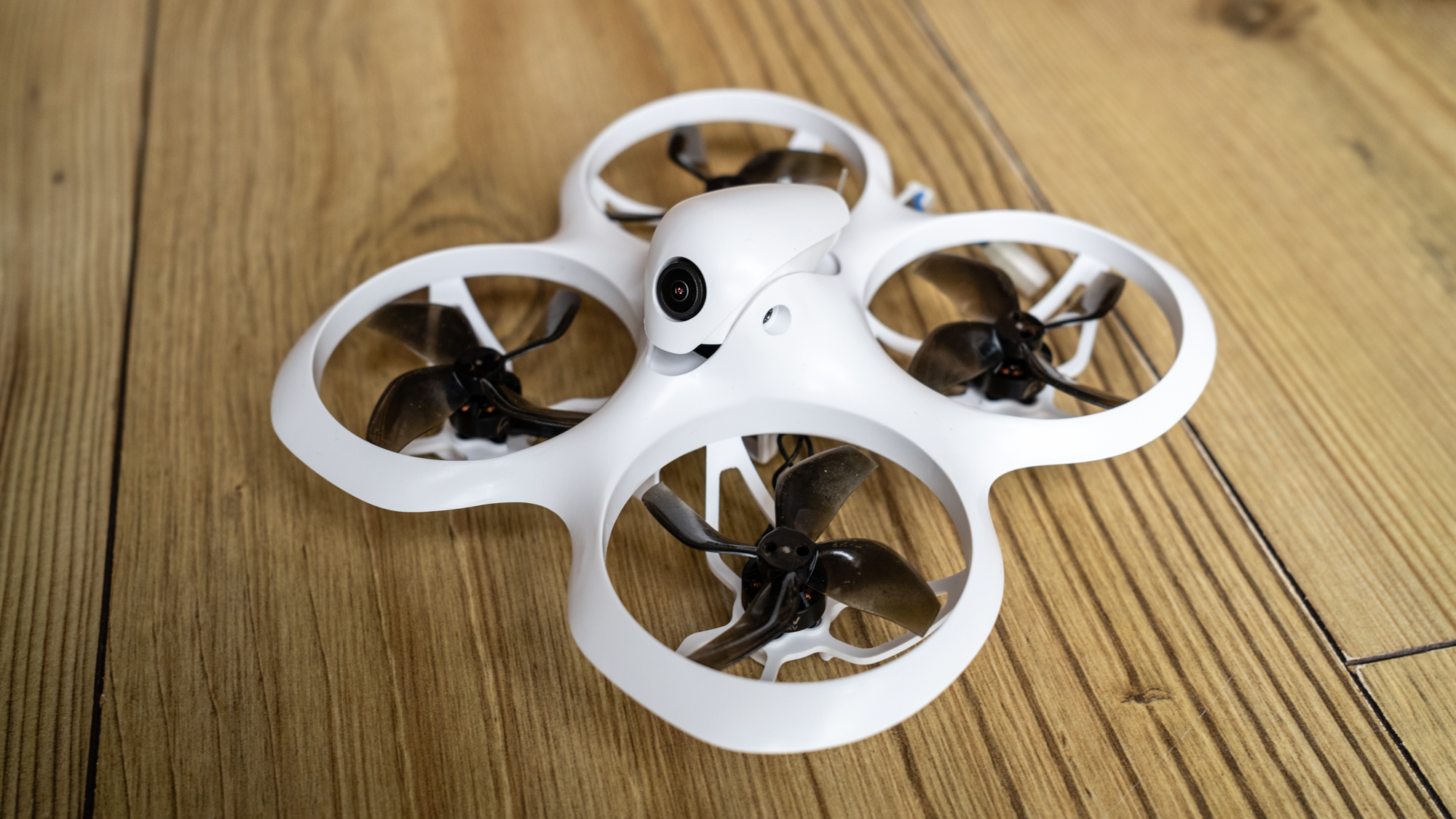


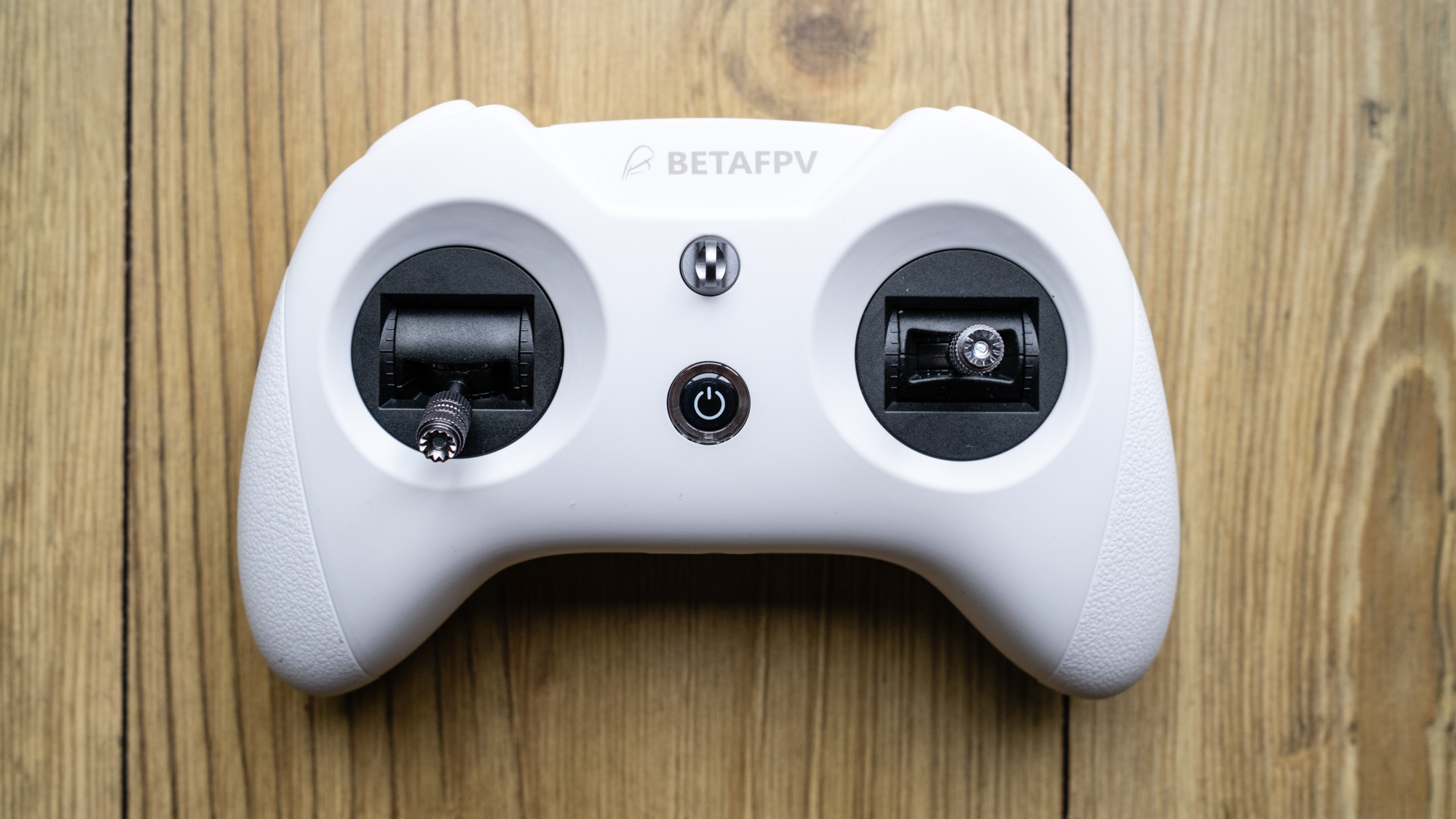

Specifications
Reasons to buy
Reasons to avoid
✅ You want to try out FPV flying: This is the ready-to-fly FPV kit for those looking to try their wings.
✅ You want a high octaine drone experience: Once you get to grips especially with the Manual/Acro mode, FPV drones are hugely fun and exciting.
❌ You want to take aerial photos: FPV drones are primarily for flying and not photography.
❌ You get motion sick: If you typically suffer from motion sickness, FPV drones in general might not be for you.
If you want to try flying an FPV drone, we think the BetaFPV Cetus X Kit is a top choice. As a package, it comes with everything you need for first-person flight, including a transmitter and a basic set of goggles. More powerful than models like the Cetus Pro, we found that its multiple flight modes and speed settings also make it an FPV drone you can grow with. Provided you have the stomach to stick it out without succumbing to motion sickness, the Cetus X will reward you with an immersive flying experience.
During our review, it took time and patience to master the Manual/Acro mode. Crashes are also inevitable, and while the frame is built to withstand impacts, it did crack in our tests. We also found the video feed prone to break-up and interference, and while a built-in DVR can record flight feeds, this isn’t a drone for stills photography. Battery life was also a disappointment, rated at just five minutes. But with enough power to perform simple freestyle tricks and everything in the box to get airborne, this is our favorite FPV kit for first-timers.
Read our in-depth BetaFPV Cetus X review
The best DJI Mini 4K alternative



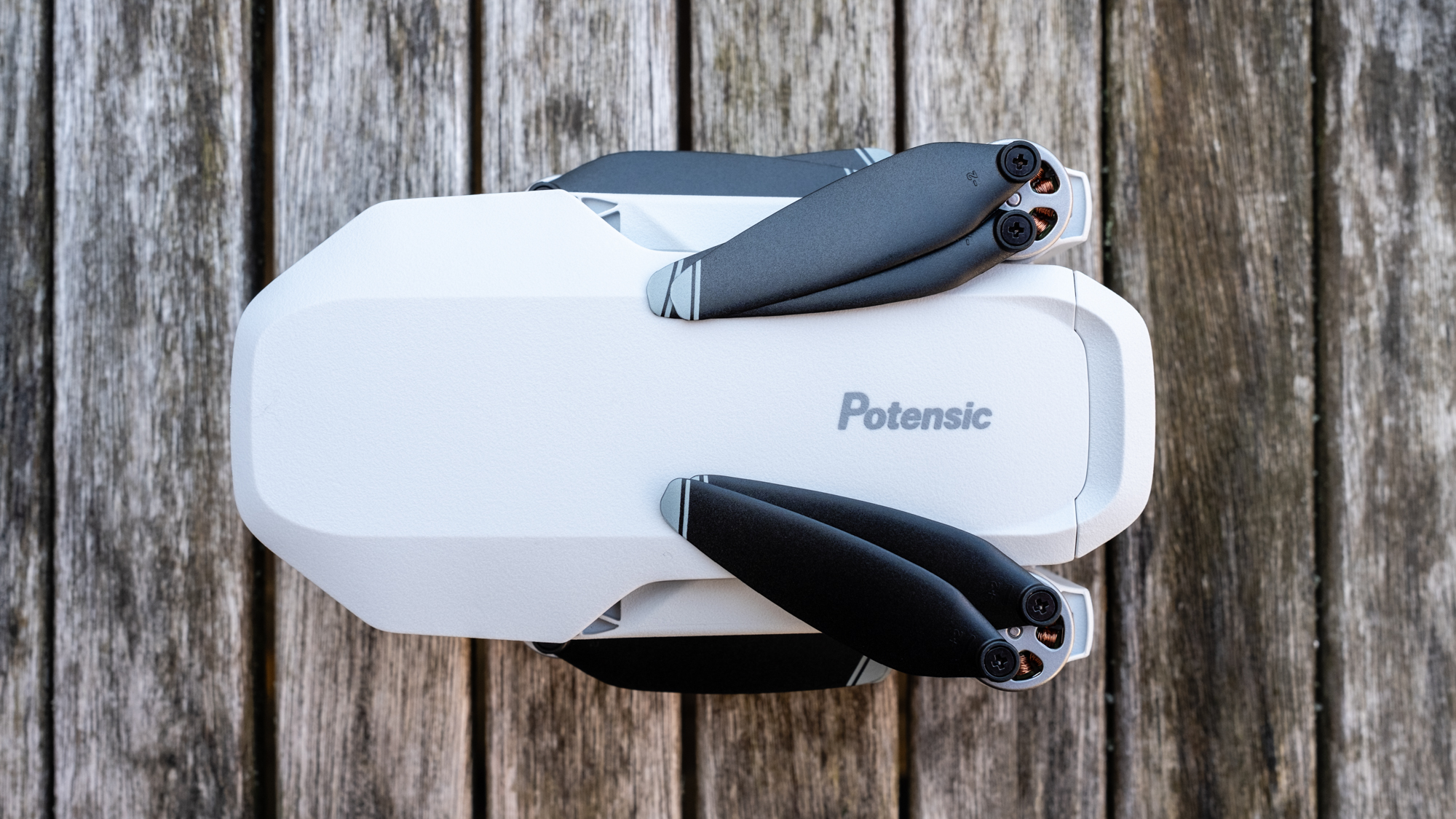
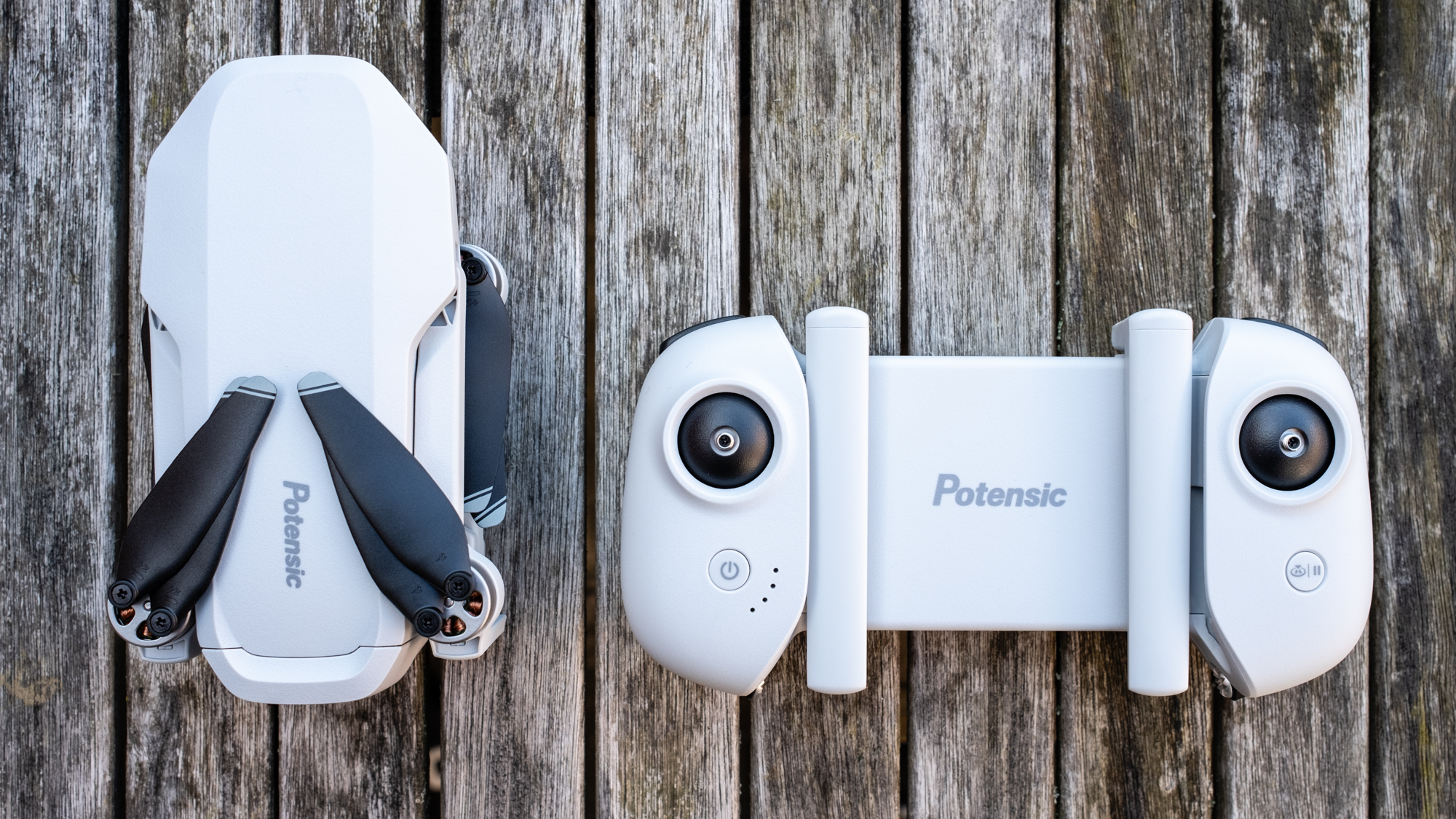
Specifications
Reasons to buy
Reasons to avoid
Potensic Atom sample images
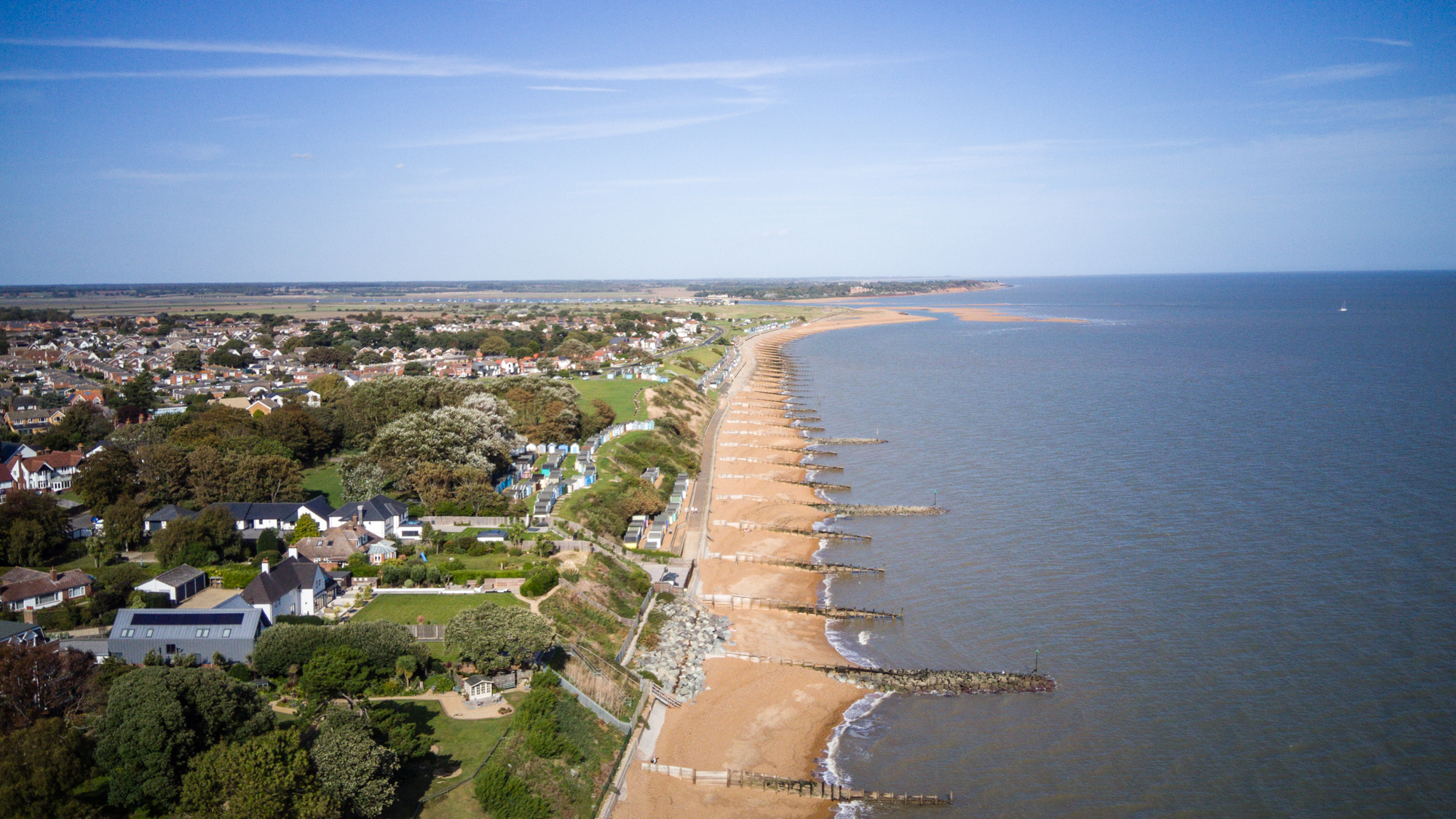


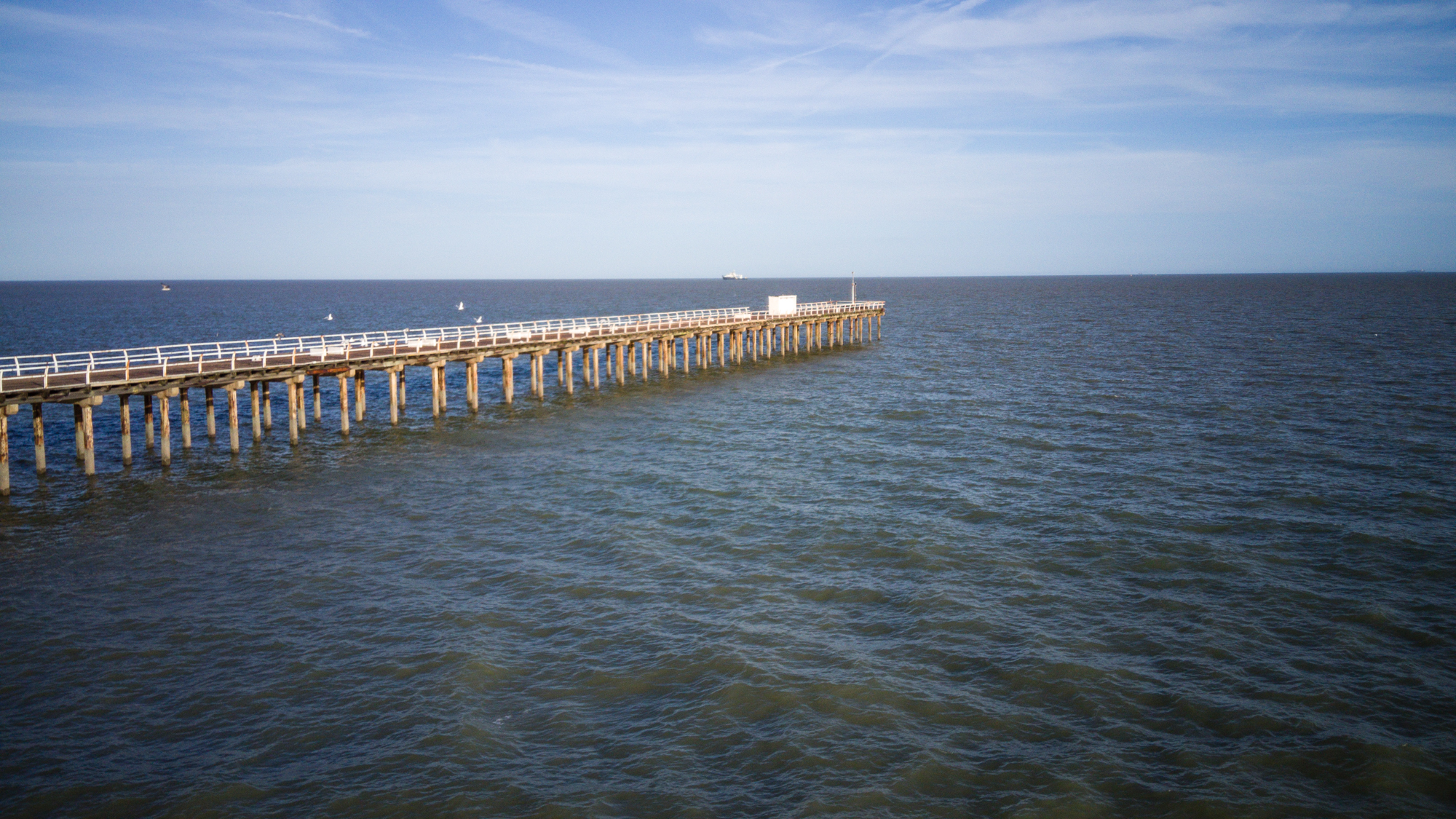
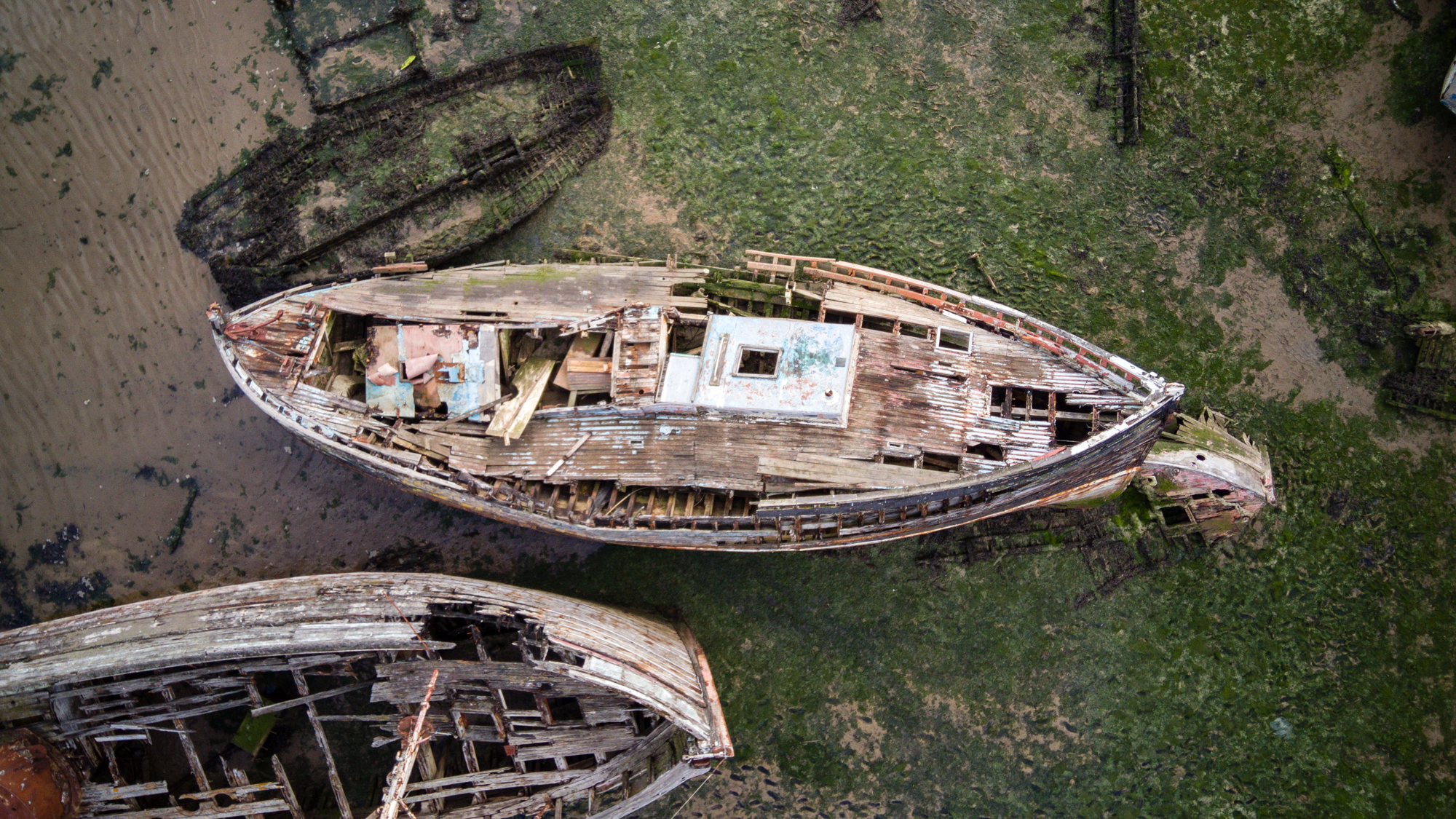

✅ You want control of the camera: Beginner drones don't usually offer manual camera control and the ability to capture photos in raw format, but the Atom bucks this trend.
✅ You want stable videos: A 3-axis mechanical gimbal that stabilizes 4K 30fps video, in a fly more drone combo kit costing less than $400 / £400 / AU$700? Yes please.
❌ You want decent safety features: If you want the safety net that obstacle avoidance affords, you’ll have to fork out extra for a pricier alternative.
❌ You shoot video in bright light: Without ND filters it’s impossible to achieve the correct exposure and 180-degree shutter rule in bright conditions.
Sitting between the DJI Mini 2 SE and the DJI Mini 3, the Potensic Atom addresses the shortcomings of the earlier Atom SE. It's a fantastic beginner drone that our review says, "offers a performance that belies its low cost." Cheaper than the Mini 3, the Atom costs less than $400 / £400 / AU$700 in a combo kit that adds two additional batteries, a fast-charging hub with a power adaptor and carry case in addition to the generous accessories that come in the standard kit.
The Atom's highlights include manual camera control, raw 12MP photos, 4K video up to 30fps and a mechanical 3-axis gimbal. All of these features are rare in a beginner drone at this price level. The mechanical gimbal gives smoother video footage than the Atom SE, while also enjoyed improved GPS accuracy and intelligent flight features, including subject tracking. The Atom isn't perfect: its lens focus is fixed, there's no obstacle avoidance, nor are there ND filters available to regulate shutter speed for video in bright light. However, Potensic's best-ever drone is still fantastic value and a genuine DJI alternative.
Read our in-depth Potensic Atom review
The best selfie drone



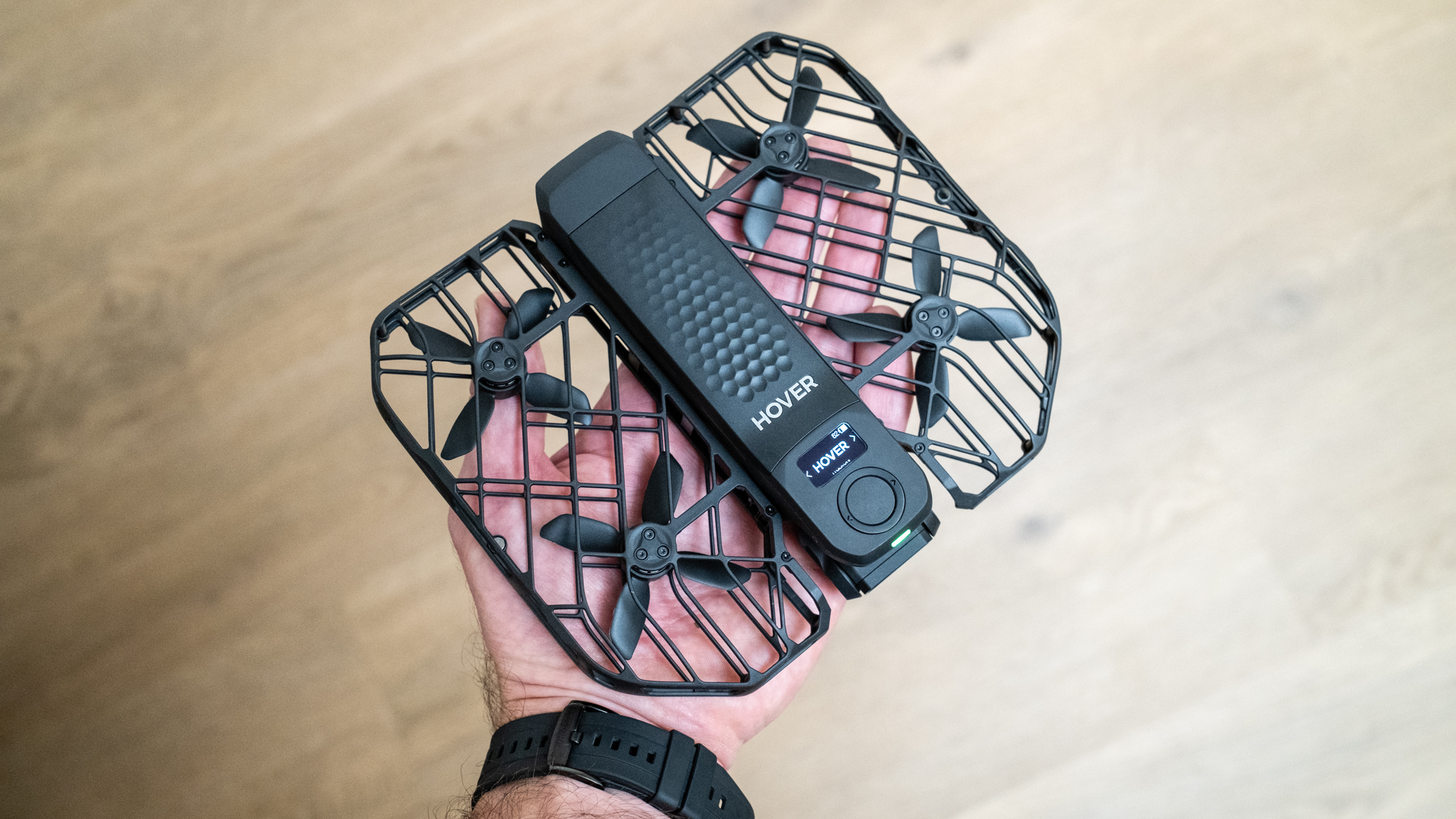

Specifications
Reasons to buy
Reasons to avoid
HoverAir X1 Pro sample images
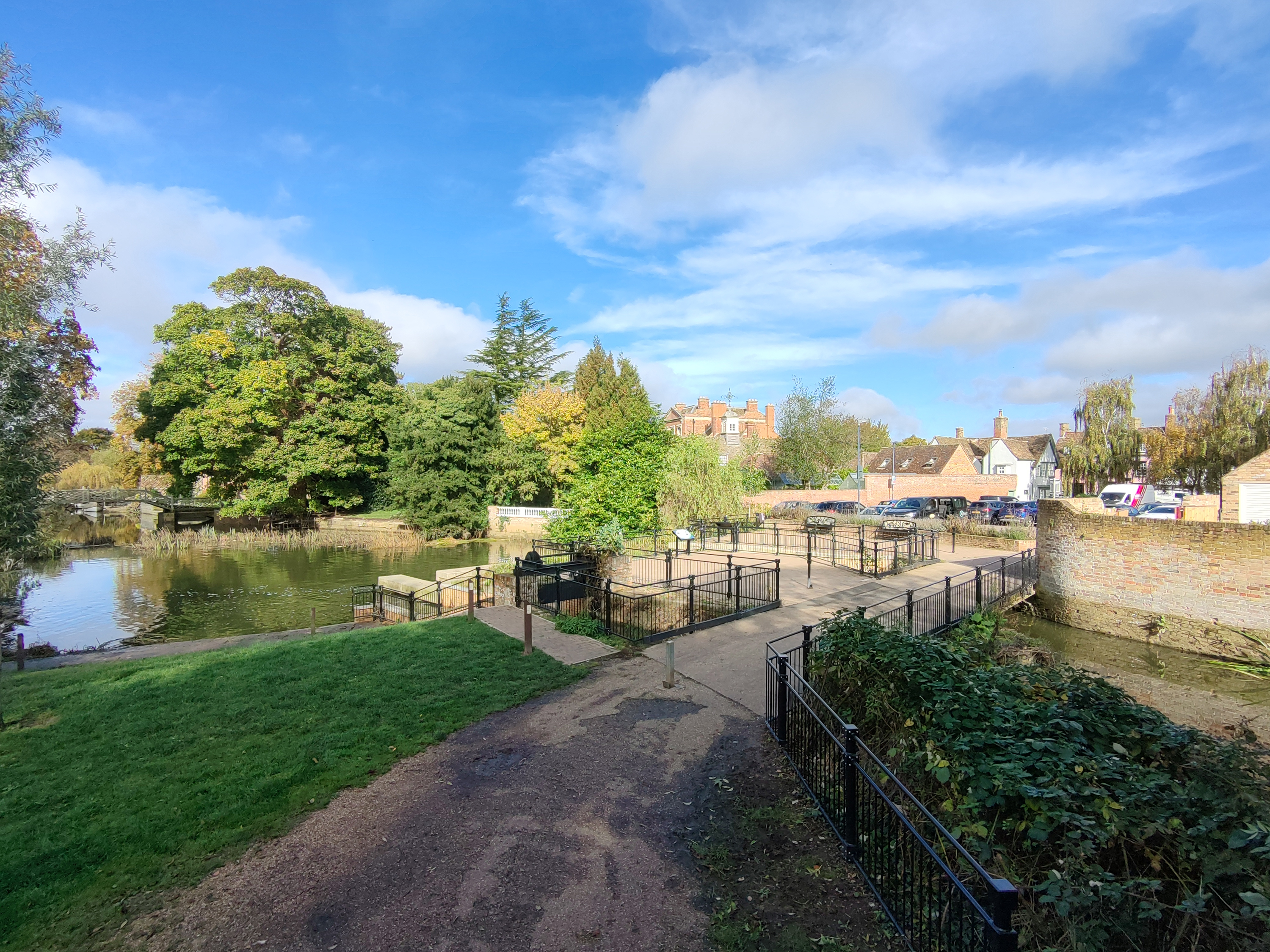
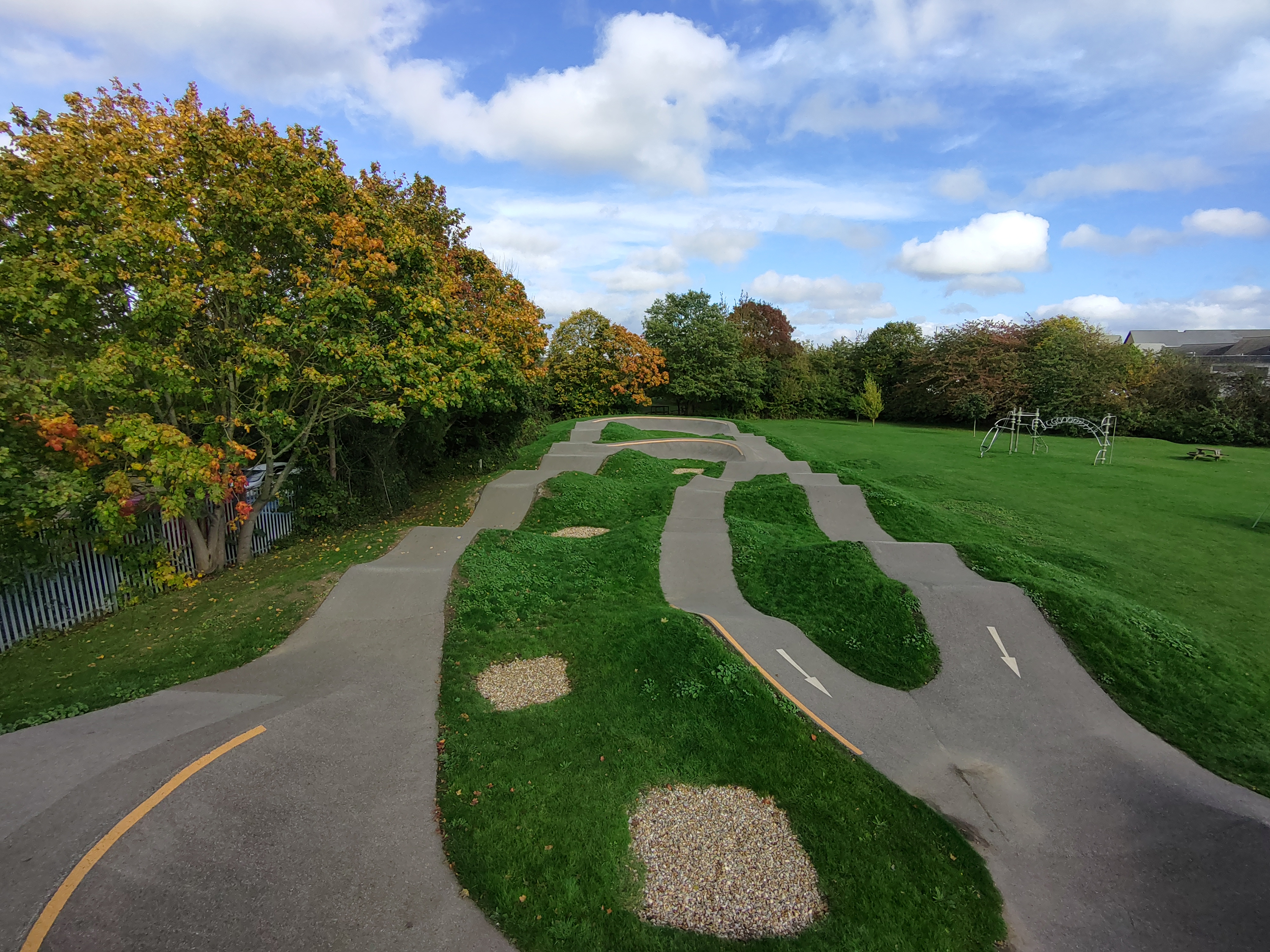



✅ You have zero drone experience: You can get airborne in a matter of seconds and get flying with no experience.
✅ You want aerial selfies: The smooth 4K video and excellent tracking features combine for selfies with a difference.
❌ You want a super quick drone: The HoverAir X1 Pro better for steady aerial selfies than it is adrenaline-fuelled fast flight manouevers.
❌ You want the best bang for buck: The DJI Neo (see below) costs a lot less even if it isn't quite to the same quality for aerial selfies.
If you're new to drones and simply want explore what these aerial devices are about and have a lot of fun along the way, the HoverAir X1 Pro is an excellent choice. Think of it as a selfie stick on steroids, with supremely clever automated subject tracking. If you want aerial footage of your adventures, tracking you running or on a bike or at the beach, look no further.
The X1 Pro is a tiny drone for which you need no prior experience, taking flight from the palm of your hand ready to record 4K video in a matter of seconds from unboxing. It's a supercharged upgrade of the HoverAir X1, and despite being 50% heavier, it's still a featherweight 191.5g and folds down super small, with its propellors safely behind guards for safer flight.
It might cost a little more than the X1, but you get a sturdier flight experience with higher wind resistance, much better battery life, plus that higher resolution 4K video. Overall, it is the better choice if you can stretch your wallet a little further. That said, the DJI Neo is much, much cheaper if you don't need the same degree of robustness and 4K video specs.
If you're after a convenient and portable selfie drone for some automated flight fun, the X1 Pro is our top pick.
Read our in-depth HoverAir X1 Pro review
The best multi control drone
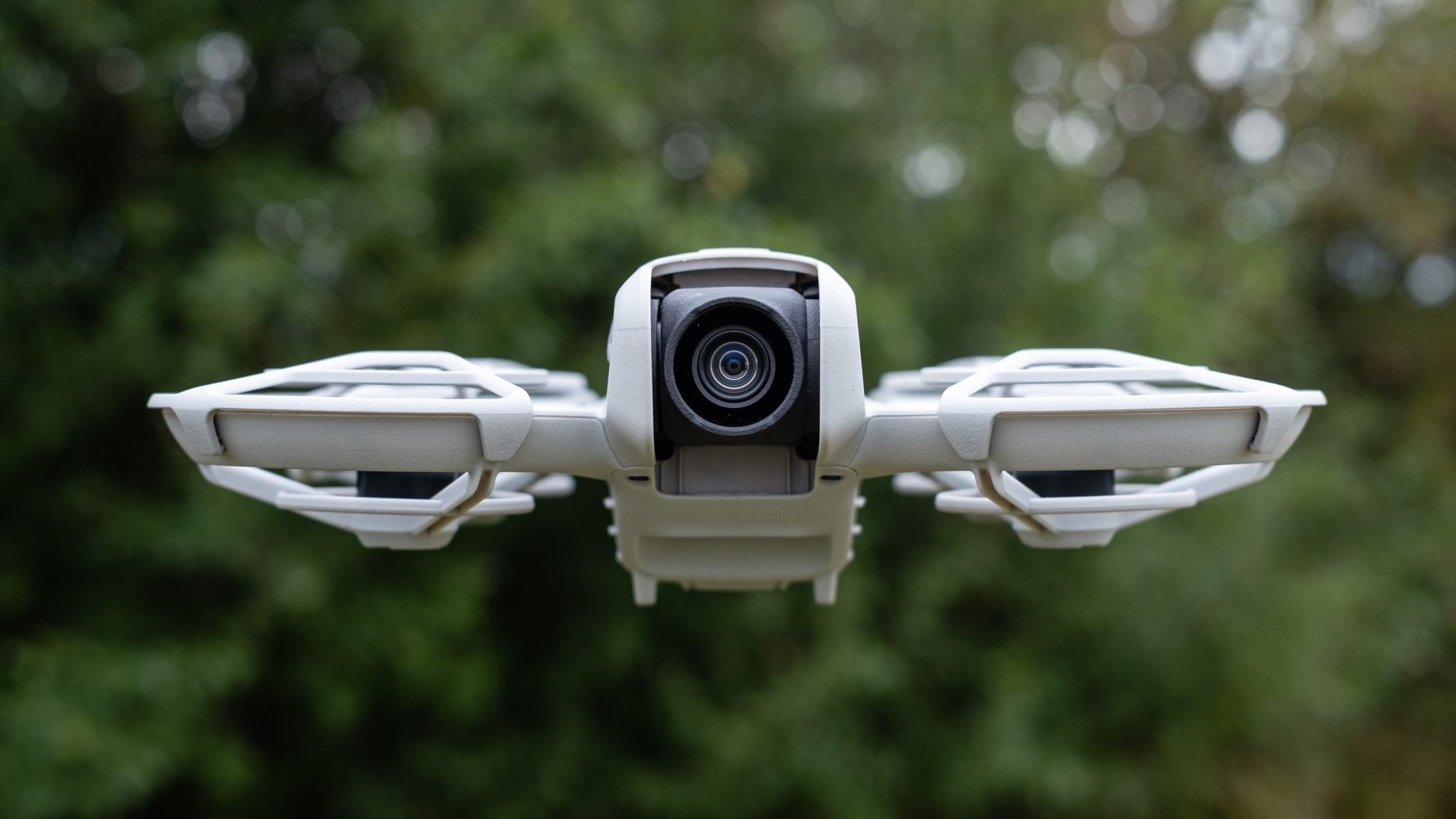

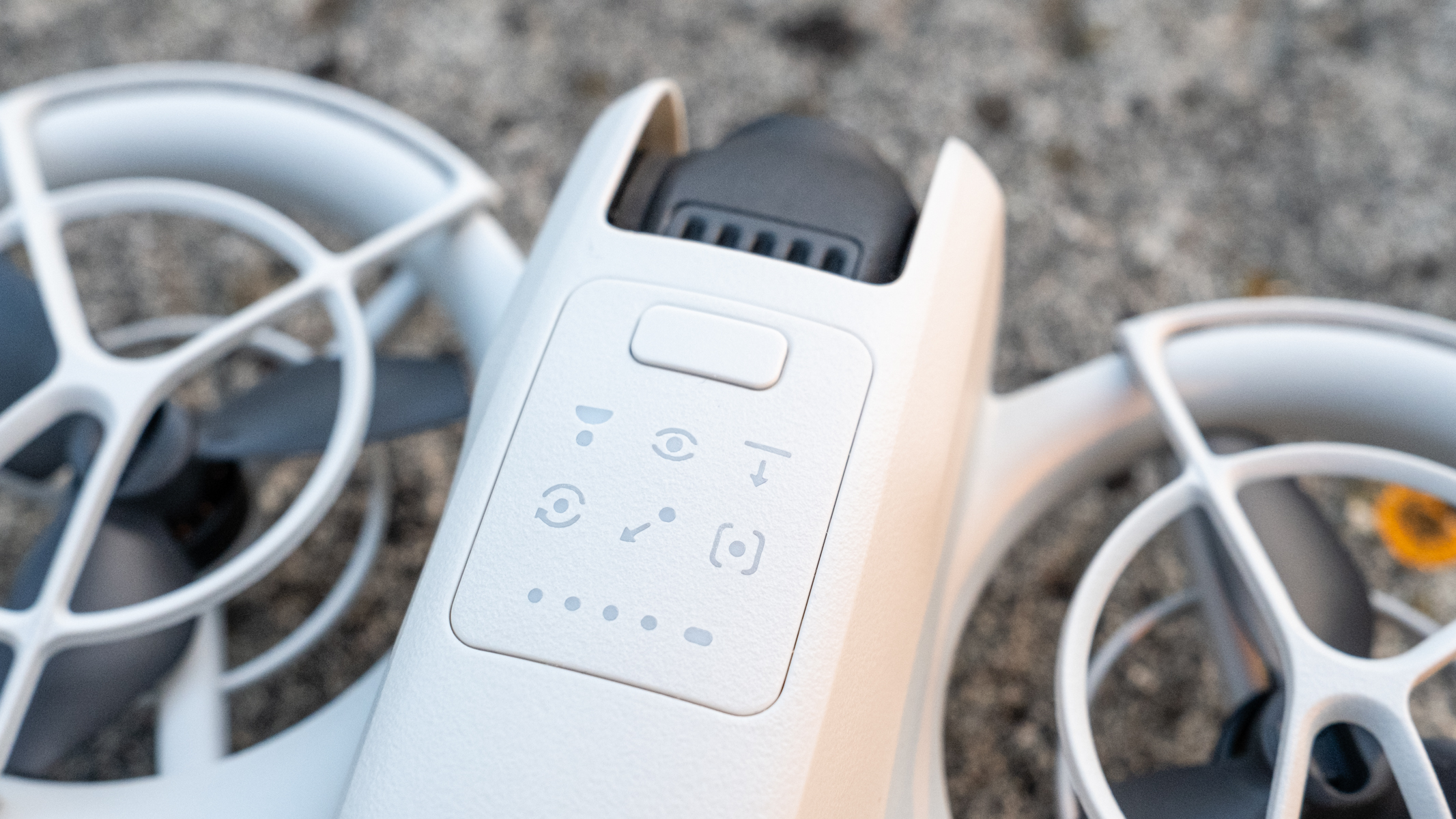

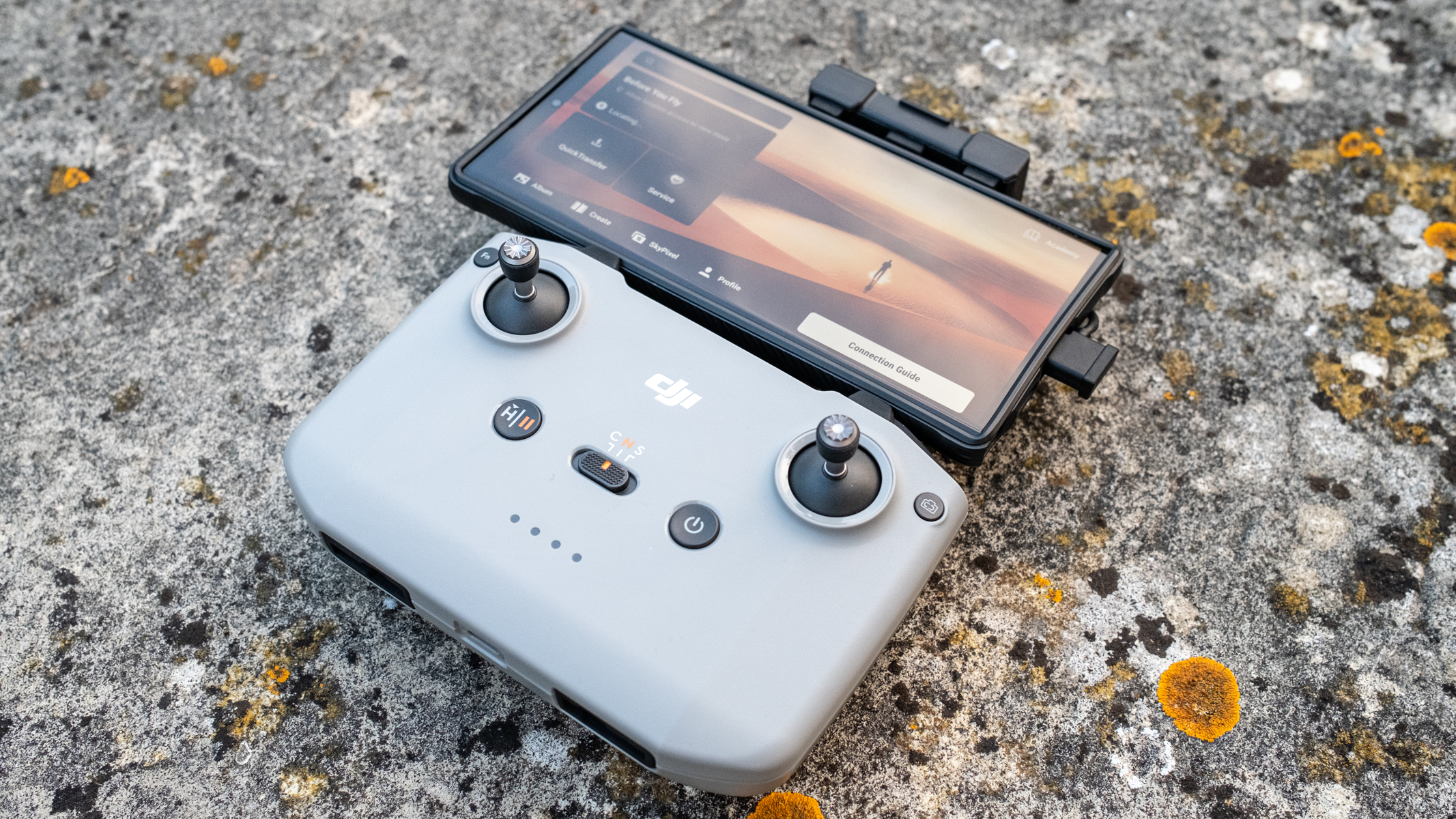
Specifications
Reasons to buy
Reasons to avoid
DJI Neo sample images



✅ You'd like multiple flight options: No controller, DJI's Fly app, controller, FPV Goggles, take your pick.
✅ You need quick aerial selfies: Taking off from your palm with AI subject tracking and face recognition, the Neo makes aerial selfies as easy as possible.
❌ You want to edit photos and videos: Photos are JPEG only, while video color profiles are automatic, meaning limited editing scope.
❌ You're mostly keen on FPV flight: The cost of DJI's Goggles for FPV flight pushes the overall cost up considerably, and you'd probably be better served by the Avata 2.
DJI's Neo is an all-new kind of offering from the drone king. It's mostly akin to the HoverAir X1 selfie drone, but DJI launched the Neo in at a lower price point and it shoots higher resolution 4K video. Absolute beginners can be up in the air within a matter of minutes, without even needing a controller, to shoot aerial selfies with DJI's smallest and cheapest drone yet.
But this isn't just a selfie drone. The Neo's flight can be controlled in one of several ways; controller-free by just selecting the mode on the drone itself, by using DJI's Fly app on your phone or tablet, with one of DJI's remote controllers and even its FPV Goggles. Neo offers all kinds of flight control in one tiny drone.
During our review of the Neo, we were super impressed by its ease of use, including its 4.76oz / 135g lightweight build and propellor guards that mean you can fly safely indoors in tight spaces as well as outdoors. Face recognition AI-powered subject tracking works well, and ultimately the Neo is outright fun and one of the best first drones for anyone. It's not perfect; flight speeds are modest and there's little scope for editing your videos and photos. However, the Neo is one of the most exciting drones we've used in years.
Read our in-depth DJI Neo review
Also consider
Not every beginner drone could make the cut above, but there are a few alternatives we've tested which are also worth considering. Here are some honorable mentions for beginners:
Best entry-level DJI alternative – DJI Mini 3: Less advanced than the Mini 4 Pro, the Mini 3 remains a strong choice for learners. Video is limited to 4K/30p and there are no collision avoidance sensors, but it’s still a small, lightweight drone that’s easy to fly at an affordable price. With no DJI Mini 4 on the market, it’s a great value option.
Best entry-level DJI Neo alternative – HoverAir X1: Well-made, lightweight and easy to use, the HoverAir X1 uses intelligent tracking algorithms to capture automated 2.7K video of the user. It takes off and lands in the palm of your hand, making it a super-portable way to capture fun video selfies. Manual flight controls are limited in the app, so look at the HoverAir X1 Pro if these matter to you.
How to choose the best beginner drone
What are the best beginner drone features?
Beginner drones come in a range of shapes and sizes, but the best models all share a few key features. If you’re just starting out, then a slick companion app will be invaluable – some of the best we’ve tried are from DJI, Ryze and FIMI. A drone that’s happy to hover in place will also allow you to carefully learn the controls and understand how sensitive it is to commands. A few of the drones above, such as the DJI Mini 3, also feature preset flying tricks that allow you to easily capture Hollywood-style shots, which can produce impressive results with just a little bit of practice.
What’s the best beginner drone for videography?
If you’re looking for a beginner drone with a camera, then bear in mind that you’ll need to spend a bit more to get genuinely usable footage. Look for a drone with a camera that has at least a 1080/30p mode. A low-resolution sensor like the 720p one found on the Ryze Tello is fine for learning the basics, but you’ll need to spend at least $350 / £300 / AU$550 to get a really high-quality camera, such as the 4K recorder on the DJI Mini 3.
What’s the best beginner outdoor drone?
It’s important to think about where you’re most likely to fly your drone. If you’re happy to stay indoors or in sheltered spots near your home, then a small, toy model (like the Ryze Tello or Revell Icon) will be fine. But for more ambitious flights, you’ll need a drone that can withstand gusts of wind and a few crash landings, like the DJI Mini 3. Drones with obstacle avoidance sensors, such as the DJI Mini 3 Pro, are the safest to fly outdoors, but these usually come at a premium.

Do I need a license to fly a drone?
Drone laws mean that taking to the sky is tightly regulated. This is to ensure that the skies remain safe for everyone, especially around sensitive locations such as airports and national parks. Drone laws also try to address privacy concerns when camera-equipped drones fly in residential areas.
In many regions, like the US, drones that weigh below 250g do not need to be registered with a civil aviation authority. You'll still need to follow all the local drone laws, such as keeping your drone within line of sight at all time, but registration commonly isn't required.
This isn't the case in all countries, though. In the UK, drones weighing less than 250g used to be exempt from registration requirements. This has now changed, so that owners of any drone with a camera will need to register their flying machine with the Civil Aviation Authority and get an Operator ID. You can do this for a fee of £9 per year, provided you’re 18 or over.
If your drone weighs more than 250g, you’ll also need a Flyer ID. To get this, you’ll need to take an online test consisting of 40 multiple-choice questions. The answers can all be found in the Drone Code and should help to ensure that you’re a safer flyer.
If your drone weighs less than 250g and does not have a camera, you won’t need either ID. But you’ll still need to check that you’re piloting your drone in line with the UK’s drone laws. According to the Drone Code, that means keeping eyes on your drone at all times, not flying higher than 120m above the ground and staying at least 150m away from built-up areas. And you’ll need to avoid restricted airspace, which is usually around airports.
Meet the team
Collectively, our team of reviewers has amassed hundreds of hours safely testing drones in UK and US skies, covering all of the latest and greatest models since consumer-level drones became a thing.

James Abbott is a professional photographer and freelance photography journalist. He contributes articles about photography, cameras and drones to a wide range of magazines and websites where he applies a wealth of experience to testing the latest photographic tech. He's one of our top go-to drone experts.

Sam has been writing about tech and digital culture for over 20 years, starting off in video games journalism before branching out into the wonderful worlds of consumer electronics and photography. Over the years he has written for Wired, Stuff, GQ, T3, Trusted Reviews and PC Zone, and now lives on the Kent coast in the UK – the ideal place for a camera reviewer and drone pilot to ply their trade.
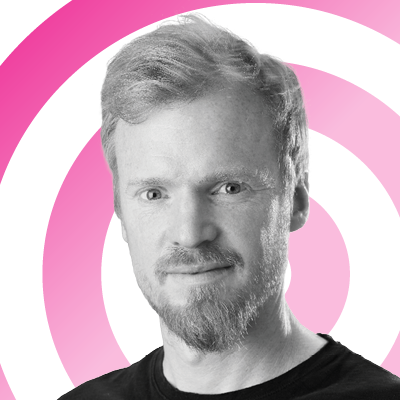
As Cameras Editor, Tim looks after all cameras content on Tech Radar. This includes buying guides, opinions, reviews and news, and covers anything from mirrorless cameras to film and smartphones. He has been cutting his teeth in the photo and video industry for almost 20 years.

Mark is an expert on 3D printers, drones and phones. He also covers storage, including SSDs, NAS drives and portable hard drives. He started writing in 1986 and has contributed to MicroMart, PC Format, 3D World, among others.
How we test beginner drones

☑️ 10s of drones reviewed
☑️ 15 years of product testing
☑️ Over 16,000 products reviewed in total
☑️ Nearly 200,000 hours testing tech
When it comes to beginner drones, their usability and flying importance is just as important as their cameras – so we place equal emphasis on both during our testing.
To test the former, we run through their stabilization in the air, overall responsiveness and their top speed. Most beginner drones lack obstacle avoidance powers, but if they do have them we fly them though an obstacle course to see how well they work.
After checking the drone's battery life claims based on real-world flights, we then move onto their cameras. Most beginner drones have small sensors that struggle in high-contrast situations, but we fly them through a variety of lighting conditions to see where their breaking point is and in what conditions you can realistically expect usable footage.
We then evaluate their footage, taken at a range of frame-rates, on a calibrated monitor, alongside some of the drone's sample still photos. When it comes to image quality, we look at detail, sharpness across the frame, and high ISO noise handling. We then combine these results with our overall impression of the drone's design, features and value to produce our final verdict.
Get daily insight, inspiration and deals in your inbox
Sign up for breaking news, reviews, opinion, top tech deals, and more.

Tim is the Cameras editor at TechRadar. He has enjoyed more than 15 years in the photo video industry with most of those in the world of tech journalism. During his time as Deputy Technical Editor with Amateur Photographer, as a freelancer and consequently editor at Tech Radar, Tim has developed a deeply technical knowledge and practical experience with cameras, educating others through news, reviews and features. He’s also worked in video production for Studio 44 with clients including Canon, and volunteers his spare time to consult a non-profit, diverse stories team based in Nairobi. Tim is curious, a keen creative, avid footballer and runner, and moderate flat white drinker who has lived in Kenya and believes we have much to enjoy and learn from each other.